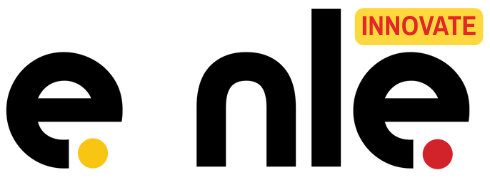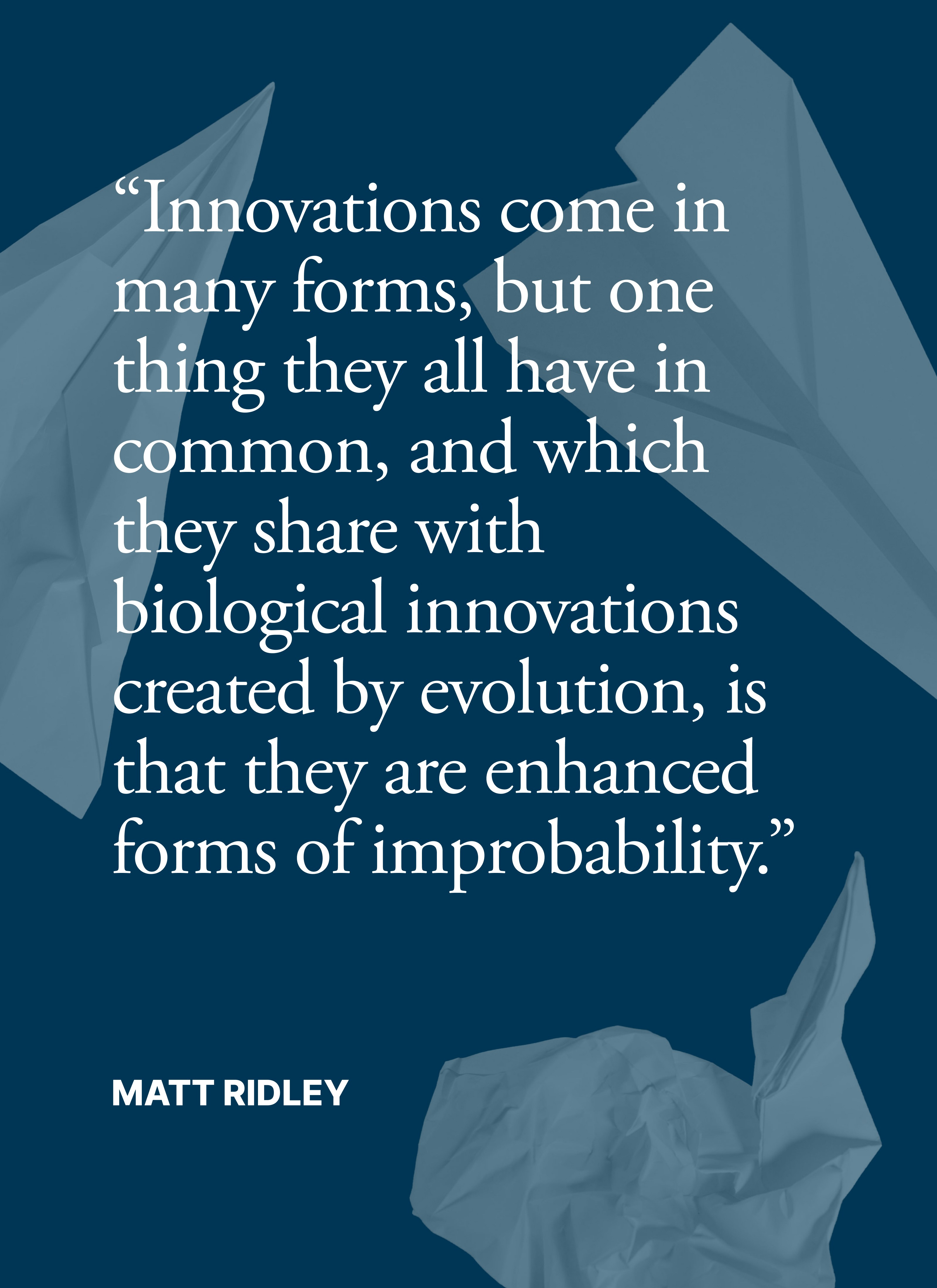What exactly is Innovation Trap
Sometimes, always trying to come up with new and exciting ideas can actually slow down progress. This is called the innovation trap. It happens when people or teams spend too much time thinking, brainstorming, or dreaming big, but never get around to doing the real work. Even if the ideas are great, they won’t make any difference if no one follows through and puts them into action.
This trap often starts because new ideas feel exciting and fun, while solving current problems or doing routine tasks can feel boring. So instead of fixing what needs attention, teams keep planning and talking about “what ifs” without taking real steps forward. All the energy goes into creating big plans, but nothing gets done, and the original problems are still there.
A big reason this happens is when a company or leader praises creativity more than results. If people feel pressured to always be “innovative” or afraid of failing when trying something new, they might stick to sharing ideas only—never actually trying them out. To grow and move forward, it’s important to balance creativity with action. Great ideas matter, but only if they lead to real results.
Case Studies: Organizations That Fell Into the Innovation Trap
The phenomenon known as the innovation trap highlights the precarious balance between creativity and practical application that organizations must navigate. Several high-profile case studies illustrate how the relentless pursuit of creative innovation can lead to unintended negative outcomes. One notable example is Kodak, once a leader in the photography industry. Despite pioneering digital photography, Kodak’s overemphasis on novel concepts led it to hesitate in fully embracing the technology. As a result, it missed the opportunity to dominate the market, ultimately filing for bankruptcy in 2012. This classic case underscores the importance of aligning groundbreaking ideas with strategic execution.
Another organization that fell victim to the innovation trap is Blockbuster. Initially a giant in the video rental industry, Blockbuster was slow to react to the disruptive innovation posed by streaming services like Netflix. Instead of adapting to changing consumer preferences by investing in their own streaming technology, Blockbuster focused on expanding their retail footprint and maintaining traditional rental models. This myopic focus on what was seemingly innovative at the time ultimately led to its downfall, as the company was unable to compete with the agility of digital platforms.
Similarly, Yahoo! serves as a cautionary tale. Once a pioneer of internet search and web services, Yahoo! experienced a series of innovative initiatives that lacked coherence and strategic prioritization. With a fixation on acquiring innovative start-ups rather than consolidating its existing offerings, the company diluted its brand and lost its competitive edge. This misalignment of creative pursuits with organizational goals culminated in a significant decline in relevance within the tech industry.
These examples illustrate a critical lesson: the drive for creativity must be balanced with practical execution and strategic foresight. Organizations that fall into the innovation trap risk significant resource wastage and diminished market presence, emphasizing the importance of aligning innovation with a clear vision and practical outcomes.
Identifying Symptoms of the Innovation Trap
The innovation trap shows up in small but serious ways that can slow down a team or business. One big sign is when there’s a lot of brainstorming, but no one is taking action. Teams may keep having meetings and coming up with new ideas, but if no one follows through, those ideas go to waste. Over time, this creates a pile of unused concepts, which can lower motivation and make people feel like they’re not really moving forward.
Another problem is when no one is clearly responsible for getting things done. If team members aren’t held accountable, it’s easy for ideas to be ignored or left unfinished. This weakens the link between thinking creatively and actually doing the work. Sometimes, companies also get too excited about new ideas and forget their main goals. When innovation starts to pull a business away from its core purpose, it becomes harder to stay on track and reach success.
By proactively identifying these symptoms, organizations can take corrective actions to realign their innovation efforts with their strategic goals, fostering a more balanced approach that encourages creativity alongside practical execution.
Strategies to Avoid the Innovation Trap
Organizations seeking to navigate the fine line between creativity and execution can adopt several strategies that mitigate the risks associated with the innovation trap. A structured innovation process is crucial, as it enables teams to channel their creativity into tangible results. This involves outlining specific phases for ideation, development, and implementation. By establishing clear stages within the innovation process, teams can prioritize resource allocation and maintain focus on outcomes that align with organizational objectives.
Fostering a culture of accountability is another essential strategic approach. Organizations must encourage teams to take responsibility for their innovative projects, ensuring that every member understands their role in driving success. Regular check-ins and performance evaluations can help reinforce this accountability, allowing teams to address challenges head-on before they escalate into more significant issues. In doing so, teams remain committed to translating innovative ideas into actionable strategies, minimizing the risk of stagnation.
Integrating feedback loops is also vital for maintaining progress. Organizations should actively seek input from stakeholders throughout the innovation process, facilitating continuous improvement. By harnessing diverse perspectives, teams can refine their ideas, addressing any potential pitfalls before they impede execution. Regular feedback mechanisms, such as surveys or focus groups, can provide valuable insights, ensuring that innovations remain relevant and practical.
Lastly, aligning innovation initiatives with strategic goals is crucial for maintaining focus and direction. When creative endeavors support the overarching vision of the organization, the likelihood of successful implementation increases. This alignment helps teams avoid diversions that can lead to wasted resources and a lack of measurable progress. By implementing these strategies, organizations can effectively balance creativity with pragmatic execution, thereby ensuring that innovation serves as a catalyst for progress rather than a hindrance.







Leave a Reply